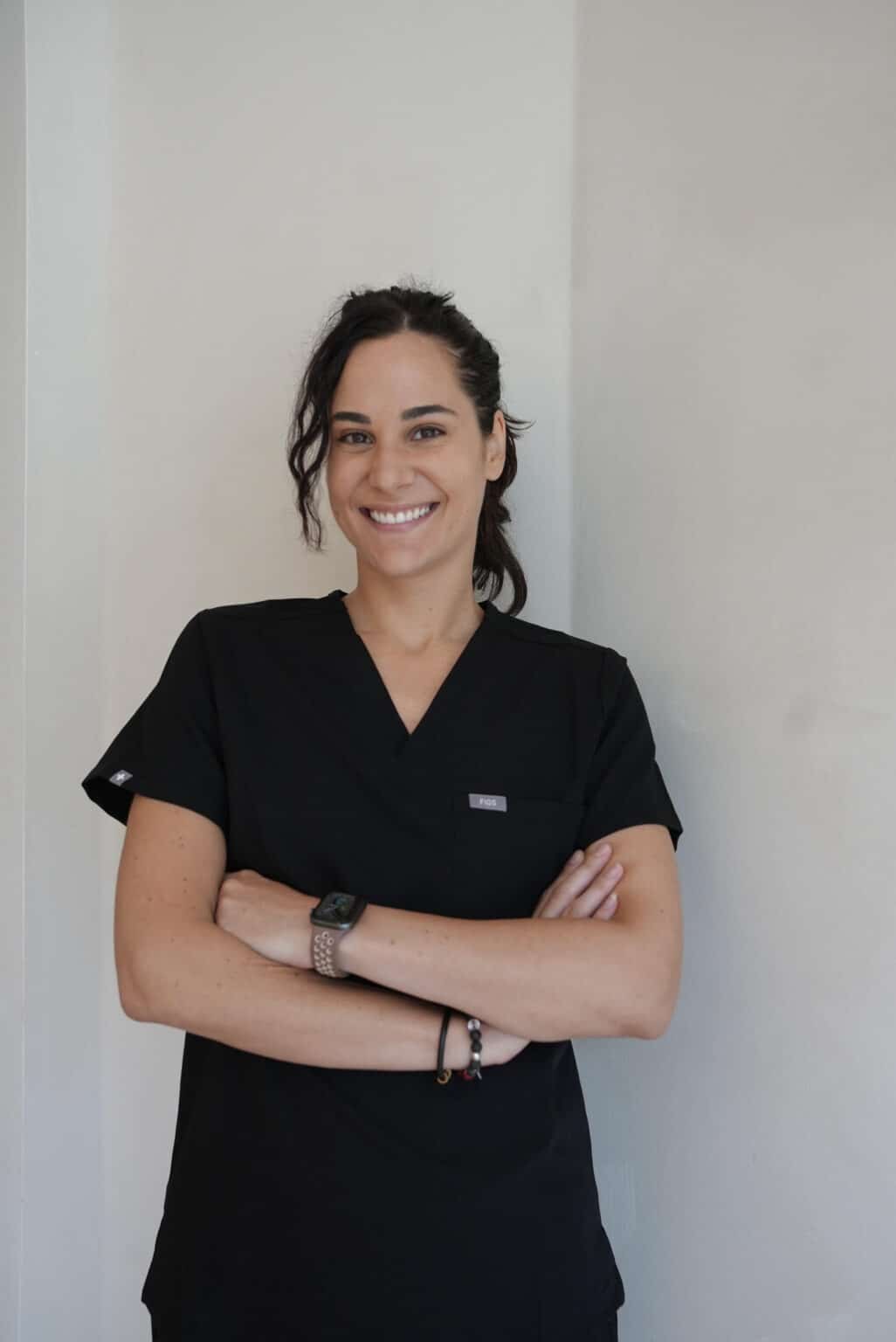Filler complications are rare but they do happen. Whilst extremely unlikely, necrosis, infection, filler migration, lumps and unnatural results are all possible side effects. With non-surgical aesthetics becoming ever more popular, it is important to be aware of the risks involved and why it is so important to choose an expert injector.
—
Step 1. If you do experience bruising, swelling, or lumps and bumps, don’t panic. This is often part of the normal healing process and you should wait 14 days to allow residual swelling to subside so the true effects of the filler can come through.
Step 2. If after this time, you are still unhappy with your results we always advise visiting your original practitioner for a review in the first instance. They are in the best position to know the details of the treatment and rectify any problems that occur.
Step 3. If you have already seen your original injector or if seeing them is not possible, VIVA Skin Clinics may be able to help. Our founder and lead clinician, Dr Rupert, is a trained doctor and GP and has the medical expertise to be able to deal with issues safely and promptly.
In many cases problems that occur with dermal fillers can be rectified without the need for dissolving the product. For instance, sometimes a small amount of product can be added to smooth any unevenness or balance proportions. If absolutely necessary, fillers can be dissolved using a solution called Hyalase, which can be strategically injected to break down hyaluronic acid. This process is not often required and will need to be discussed in detail in clinic.
Step 4. If you choose to visit VIVA following a disappointing experience elsewhere, we like to take things back to basics, conducting a thorough consultation and discussing what your desired results are. We will then take a conservative approach to treatment moving forward, splitting the procedure into multiple sessions where necessary to build volume slowly and safely.
—
When it comes to more serious side effects, it’s worth noting that they are extremely rare. Necrosis essentially means ‘tissue death’ and is something of a concern for many new clients. If this were to occur it would likely be clear to your injector immediately after treatment and isn’t something that would generally happen in the weeks and months after a dermal filler procedure.
The most important thing you can do is to carry out thorough research prior to your appointment. Finding a practitioner who has a great anatomical understanding and is able to apply correct technique with the safest and most up to date products is the best way to minimise the risk of unwanted side effects.










